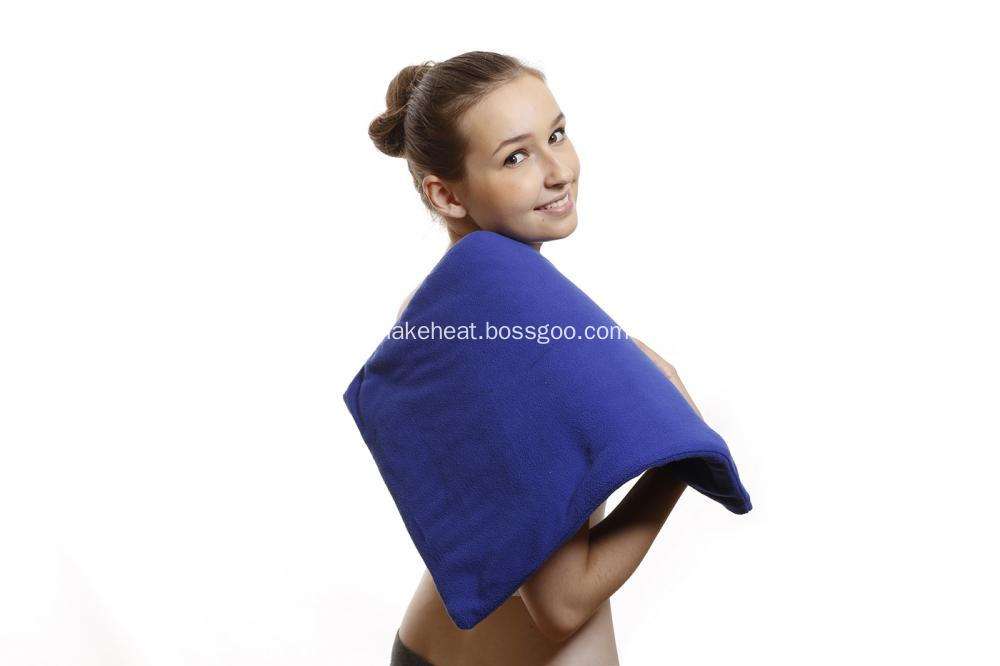1. Moistureproof and waterproof Because the foundation of the fermentation bed is built on the basis of paddy fields, the paddy soil is moist, in order to prevent the litter from sucking water from the soil, and at the same time preventing rainwater from accumulating during the rainstorm may soak the fermentation bed and cause fermentation. Bed scrapped. Therefore, in the production of fermentation beds to raise the fermentation bed surface, the following measures can be used: 1) make the ground type, you can use soil or bricks, pebbles, etc. laying in the bottom of the fermentation bed, so that the bottom of the fermentation bed above the paddy field surface at least Above 20 cm, the higher the layer height is, the better, and avoid rain or water soaking in the fermentation bed, where the cost of using local soils is higher; 2) Deeply digging the drainage ditch, speeding up the installation of drainage equipment, Drainage ditches should be dug as deep as possible, and the ditch depth should not be less than one metre to prevent the rainwater from soaking the fermentation bed too much. This is in line with the theory of fear of dampness in the Jinbao fermentation bed.
Second, according to the growth stage of the duck group, the management stage of the group is not the same as the growth stage of the duck group. The size and excretion of feces and urine are not the same. Therefore, the density should be reasonably arranged. For example, for 25 days before, the goldfish fermentation bed breeding can withstand 7 square meters per square meter. -8 breeding densities, but with the gradual increase in excretion after 25 days, the fermentation bed can not break down the excess manure, which exceeds the load on the fermentation bed, so the breeding density should be reduced. System or A BC circle system, that is, 25 days ago with a small area of ​​A circle, and then after 25 days to re-enable B, C large housing, such as the original 1 duck group is divided into 2, or 2 duck groups are divided 3, or replace the original small-area housing with a double-area large-scale house, and set a dedicated channel in the middle or at both ends to reduce the density of the culture and reduce the amount of excretion, so that the fermentation bed can play a long-term, stable and sustained function.
Third, litter maintenance litter maintenance also has a direct impact on the decomposition rate of ecological fermentation bed, long-term also affects the operation of the fermentation bed, so in the daily raising work to improve litter turn frequency (such as weekly turnover 2 More than 3 times), the tipping depth of the fermentation bed is 30-40 cm. If only 20 cm is turned over for a long period of time, it is very difficult for the manure to be fermented. And according to the need to add a certain amount of litter and strains, can not reduce the amount of cost savings, otherwise it will have the opposite effect, such as Jinbao suggested that 1 kg of starter to do 12-15 square, the amount is too small, the decomposition efficiency will be greatly discount.
Fourth, the fermentation bed disinfection problems to correct the fermentation bed can not be sterilized, for the empty bar period of the fermentation bed, you can normally spray the disinfectant disinfectant, does not affect the fermentation bed after the continued use.
Therapeutic heating pads usually operate from household current and must have protection against overheating.
A moist Heating Pad is used dry on the user's skin. These pads register temperatures from 76 to 82 °C (169 to 180 °F) and are intended for deep tissue treatment and can be dangerous if left on unattended. Moist Heating Pads are used mainly by physical therapists but can be found for home use. A moist cloth can be added with a stupe cover to add more moisture to the treatment.
Image as below:

Therapeutic Heat Pad, Therapeutic Small Electric Heating Pad, Heated Therapeutic Knee Pads, Therapeutic Heat Pad for Shoulder
Ningbo JustLive Electrical Appliance Co., Ltd , https://www.makeheat.net